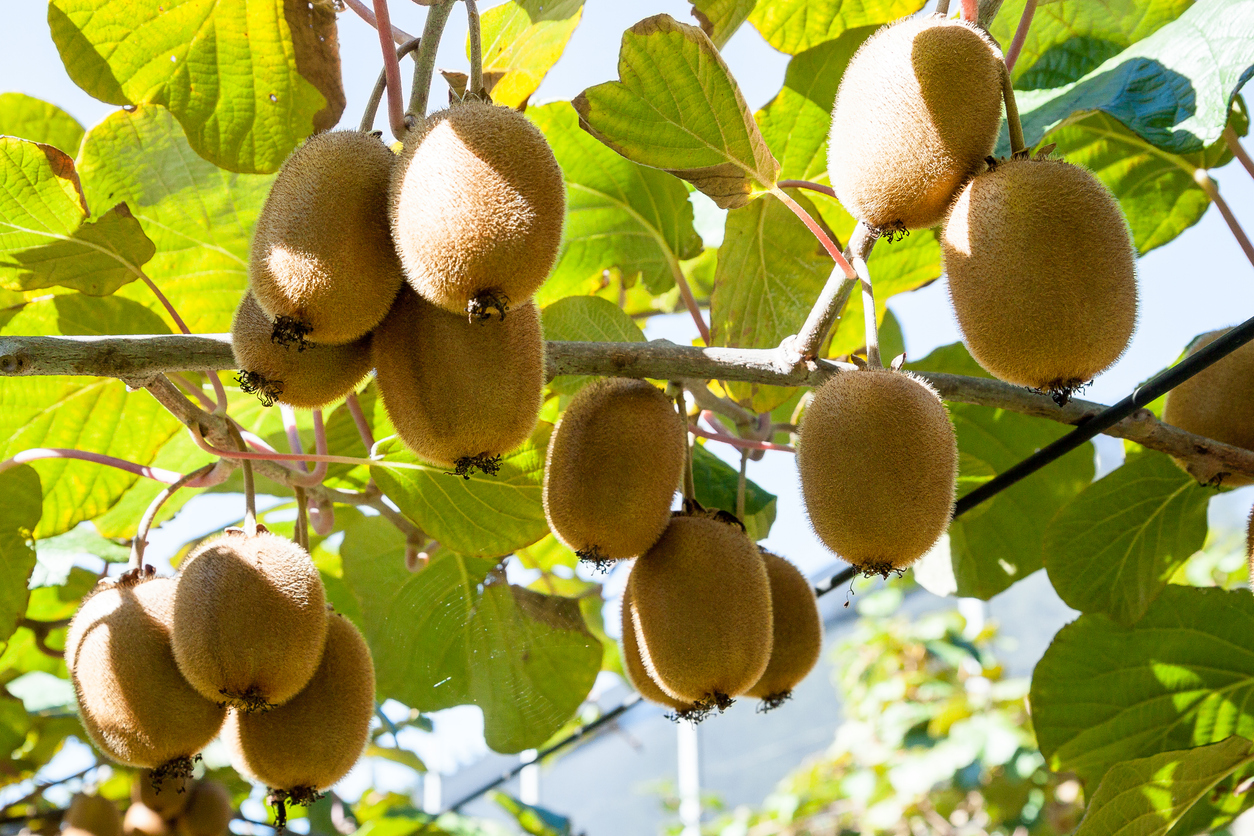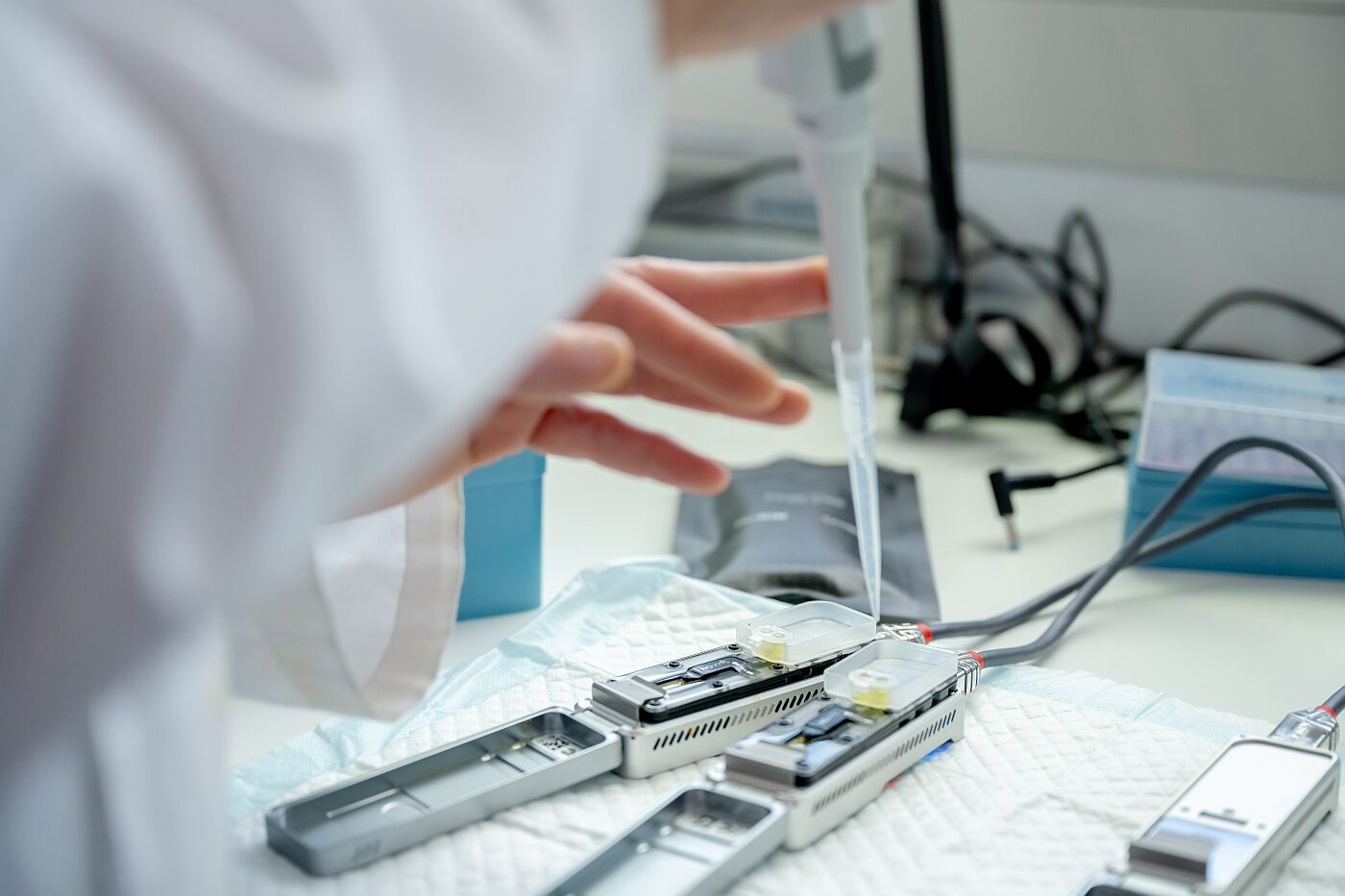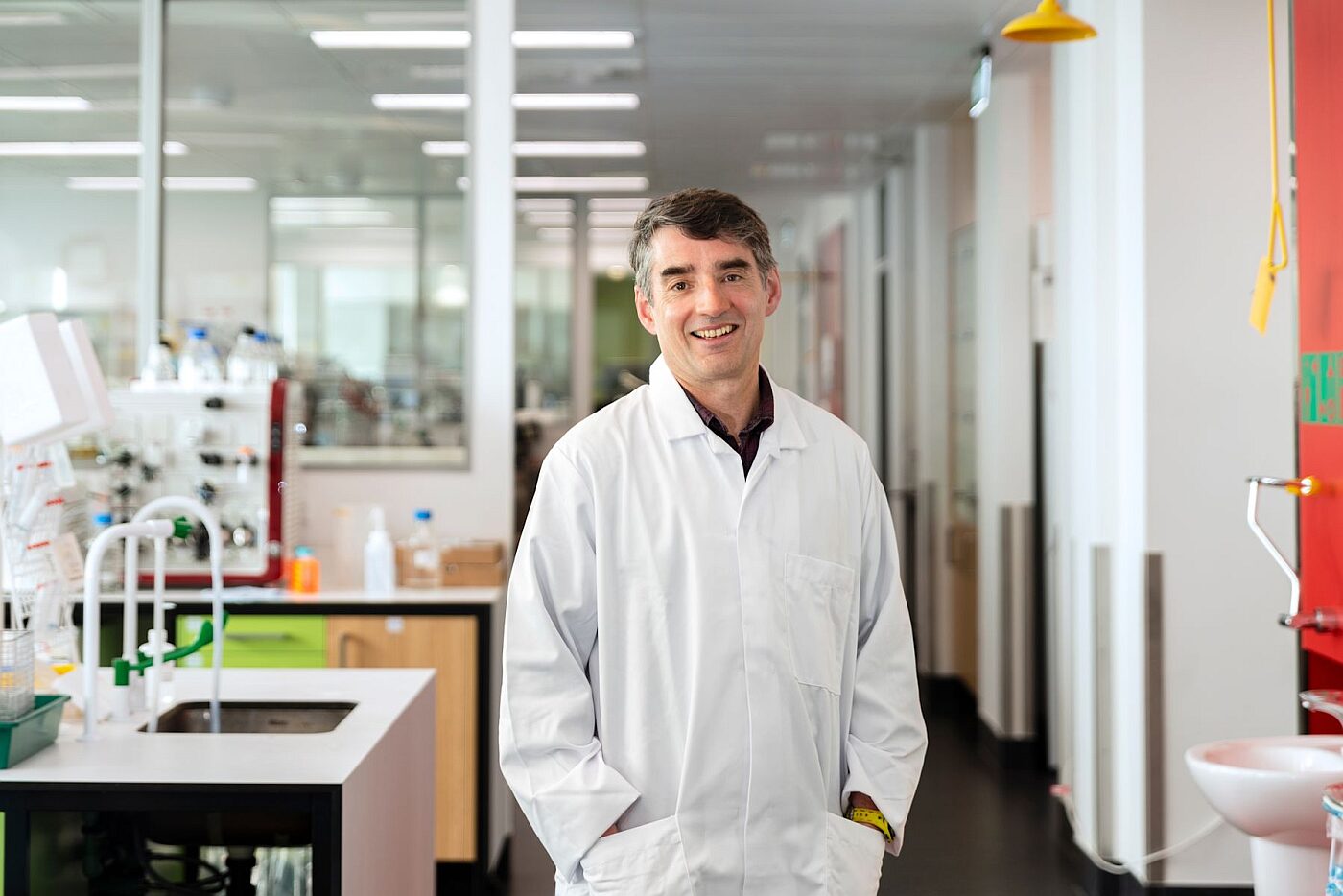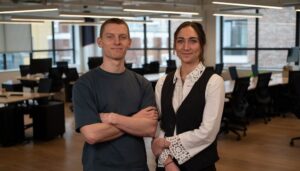Scentian Bio—a startup making biosensors utilizing insect olfactory receptors—is using its tech to help the world’s largest kiwifruit marketer determine the optimal time to harvest its fruit.
The pilot project is backed by the Zespri Innovation Fund (ZAG), a $2 million fund deployed annually to support trials with companies, social enterprises, or academic institutions with ideas or tech that could help Zespri drive innovation and climate resilience in its operations.
Spun out from The New Zealand Institute for Plant and Food Research in 2021, Auckland-based Scentian Bio deploys patented technology developed by founder and CTO Dr. Andrew Králíček to make biosensors that utilize the biological machinery that enable bugs to make sense of their environment through smell.
The receptors, which can detect volatile organic compounds (VOCs) in foods, plants, human skin or breath, are significantly more sensitive than humans or gas chromatography mass spectrometry (GCMS) machines. They have potential applications in everything from food quality control to rapid testing for diseases such as tuberculosis.

Assessing kiwi fruit maturity
To assess kiwifruit maturity, growers currently use a combination of Brix testing (to assess sugar content), and dry matter testing (to measure the proportion of the fruit that isn’t water, another indicator of fruit maturity and eating quality), explained Scentian Bio CEO Jonathan Good.
Scentian Bio, by contrast, measures VOCs, which provide a more sophisticated means of determining maturity, helping growers determine exactly when to harvest to ensure maximum shelf-life and quality in the supply chain, Good told AgFunderNews.
“We started working with [kiwifruit giant] Zespri last year. The general ambition is to access metabolic information about the fruit the whole way through the supply chain, starting with maturity assessments in the orchard.”
The potential business benefit is clear for Zespri, which works with more than 4,000 kiwi growers in New Zealand and globally, he claimed: “If you can optimize the harvest timing, you can make sure that there is more fruit at higher grades, which store better and last longer.”
Real-time testing
He added: “We’ve been able to identify a number of key compounds through the maturation process to point to when it’s the optimal time to harvest. The intent is to replace the Brix and dry matter approach, which involves sending samples off to a lab, with more sophisticated and faster, easier-to-use tests that can be done in the orchard.”
Sugar and dry matter are “relatively poor proxies for how the fruit is going to ripen,” claimed Good. “We’re trying to unlock all of this rich information about volatile organic compounds that is really hard to access with incumbent technology.”
Králíček added: “There’s all this metabolic information that is just sitting there and changes as the fruit matures or when you put it in storage. When is the best time to pick? How does that affect storability? And how does that affect the flavor experience once ripened?”
Picking fruit at exactly the right time is critical, added Good. “Harvesting a little bit earlier or a little bit later can make a huge difference to how that fruit is then going to ripen. And then we can track volatiles throughout the supply chain. If we can see signatures that the fruit is not going to last as long, for example, then maybe it should be sold faster.
“There are a lot of things that visual inspections can’t find such as the early stage of rot, where the smell gives it away.”
Rather than sending samples to a lab, growers can use a rugged hand-held sensor containing insect olfactory receptors to get real-time feedback, says Good.
“At the moment, it’s a laptop experience [to analyze the VOC data], but in the future, it will be delivered on your mobile.”

Predictive AI model
Olfactory receptors are proteins that are embedded in the membranes of insects’ olfactory sensory neurons. Scentian Bio expresses them in insect cell lines, purifies them, and then inserts them into artificial membranes to mimic the environment they are used to, said Králíček.
“We’ve built a database of different receptors and the compounds that they respond to and we’ve built a predictive AI model where we are using a structural simulation of the receptors and looking at the dynamics of how different ligands [i.e., VOCs] can or can’t bind to those receptors.”
In the case of kiwifruit, he added, “There are a number of different compounds that are signatures of maturation. So we know what the compounds are that we want to target, and then we use our database and our production model to find the right receptor [to detect them].”
A fly uses 45 receptors to detect millions of different volatile organic chemicals, he noted. “It’s a combinatorial fingerprint or signature so you can’t really use one receptor to detect multiple compounds and differentiate them. You need to have a panel of receptors to do that.
“So that’s what we’re looking at, using a range of receptors. We know what these key biomarker compounds are and we can use our predictive engine and the database that we have on these compounds to identify the best receptor for that compound.”
Were another big fruit company to approach Scentian Bio for help on maturity testing, he said, “It’s likely that there is already information out there [on which VOCs to test for associated with ripening in that fruit], which would make it easier for us to look at our database, make predictions and then validate our receptors against those compounds.”
Pilots with five global food companies
There are scores of potential verticals that Scentian Bio could target although its initial focus is on food, said Good. “We are working on pilots with five global food companies.
“However, we also have a grant from the Gates Foundation for a prototype on infectious diseases, notably tuberculosis and malaria.
“We’ve also been doing some work in the pest detection vertical as well to detect early signs of insect infestation by spotting their pheromones.”
Further reading:
Kiwi giant Zespri turns to climate resilience, decarbonization for next phase of its innovation fund




